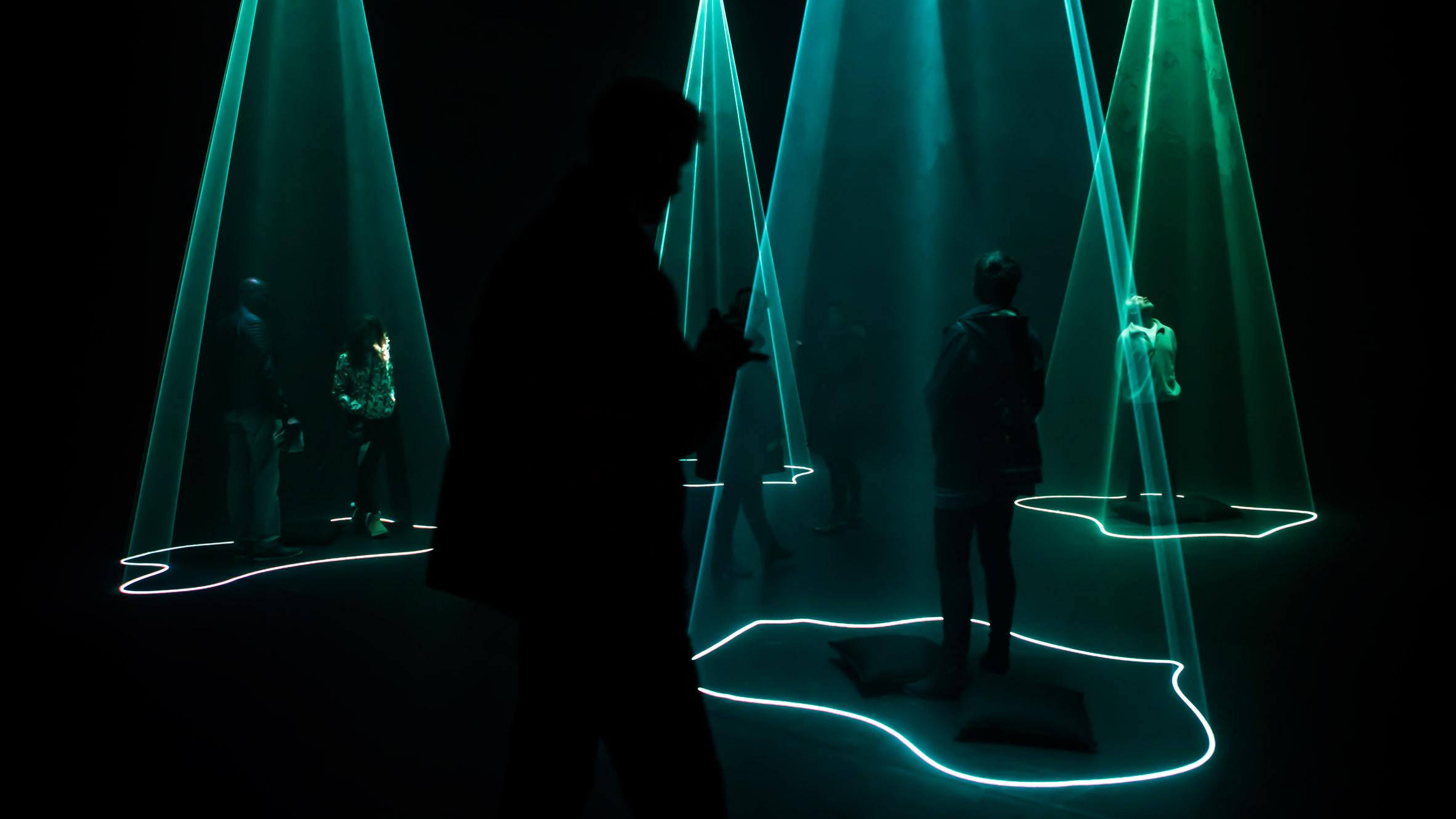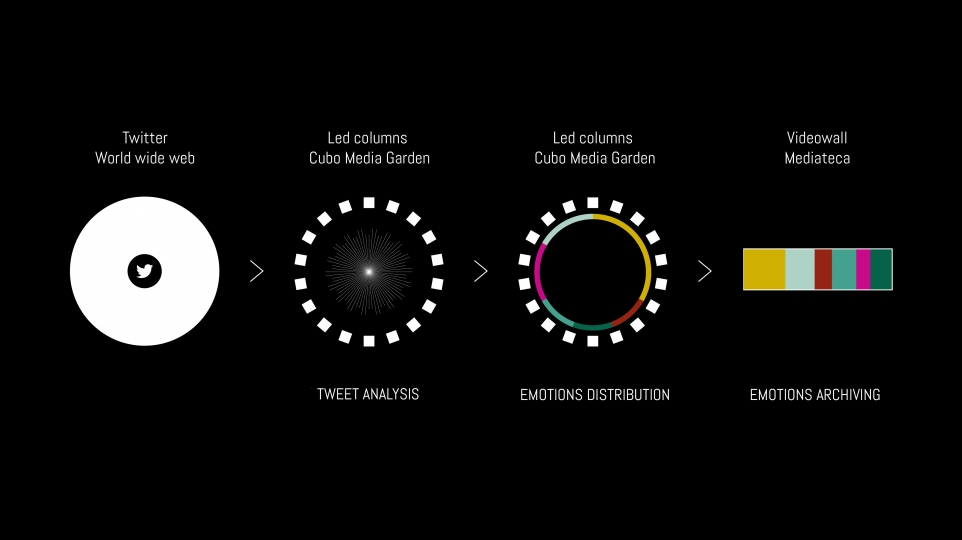Finally, I finished the research paper!
To be honest, I don’t like and I am not good at writing even in both Chinese or English, especially academic paper. So, it was very challenging. I was so stressed throughout the whole process. However, the paper really helped me a lot. It gives me many inspirations for my practice. Although we cannot write any of our works in the paper, I am now able to explain my practice more clearly with different evidence and examples by the research paper. Now, I can use the physicality of emotion to explain the direction of my practice. But at the same time, it also implies that I have to update/modify the proposal again.
When I throw back to the beginning we just received the guideline of the research paper, I was very worried and totally did not have any ideas what I can write. By narrowing down different area and doing different research, I found my topic. I still remember how excited I was when I found the works related to emotions. It is not only just for the research paper, but also for myself. I learnt a lot from the paper. I understood more possibilities in the physically of emotion and different theories behind. Although the process was tough, the result is fruitful to me!



